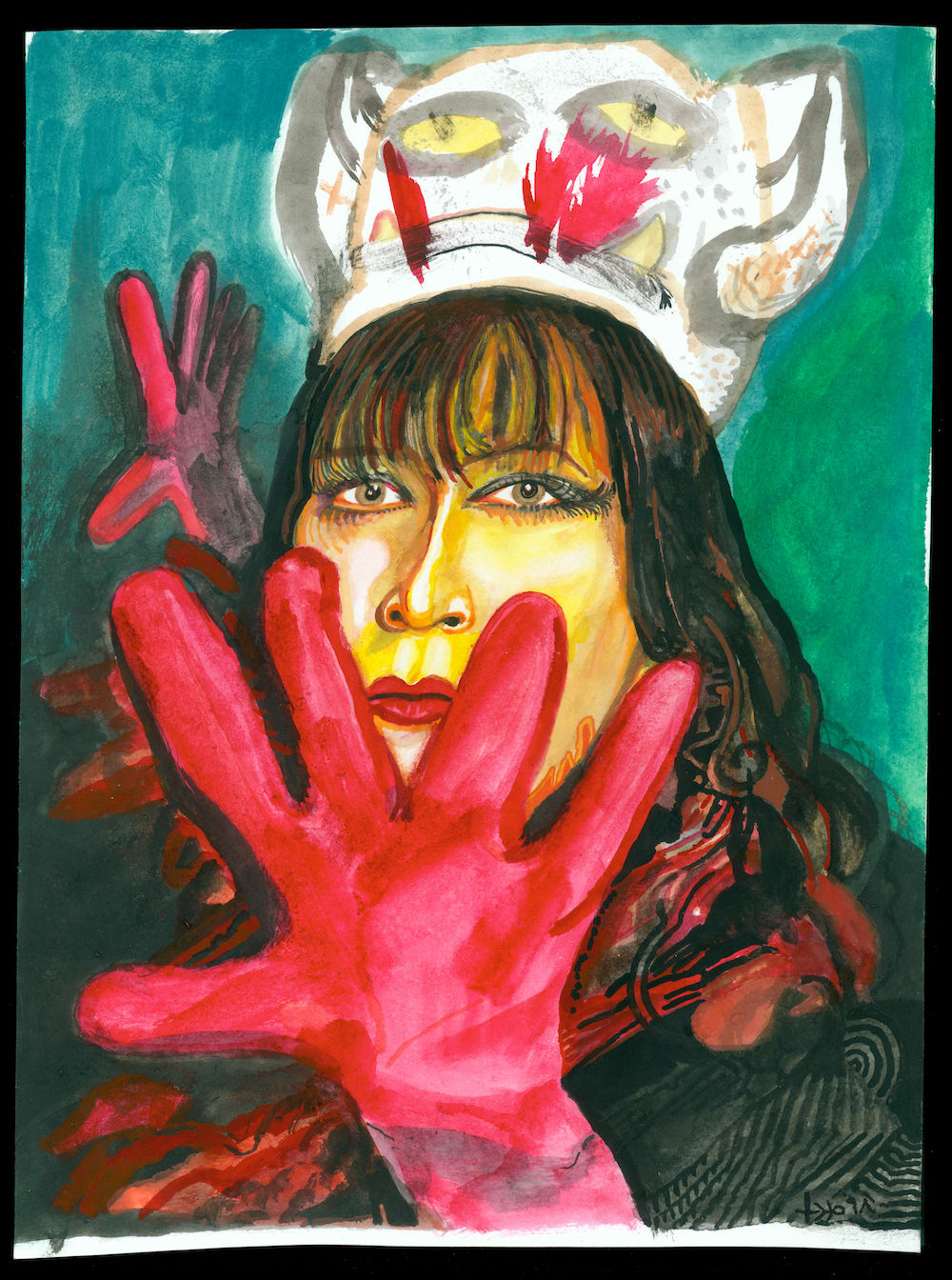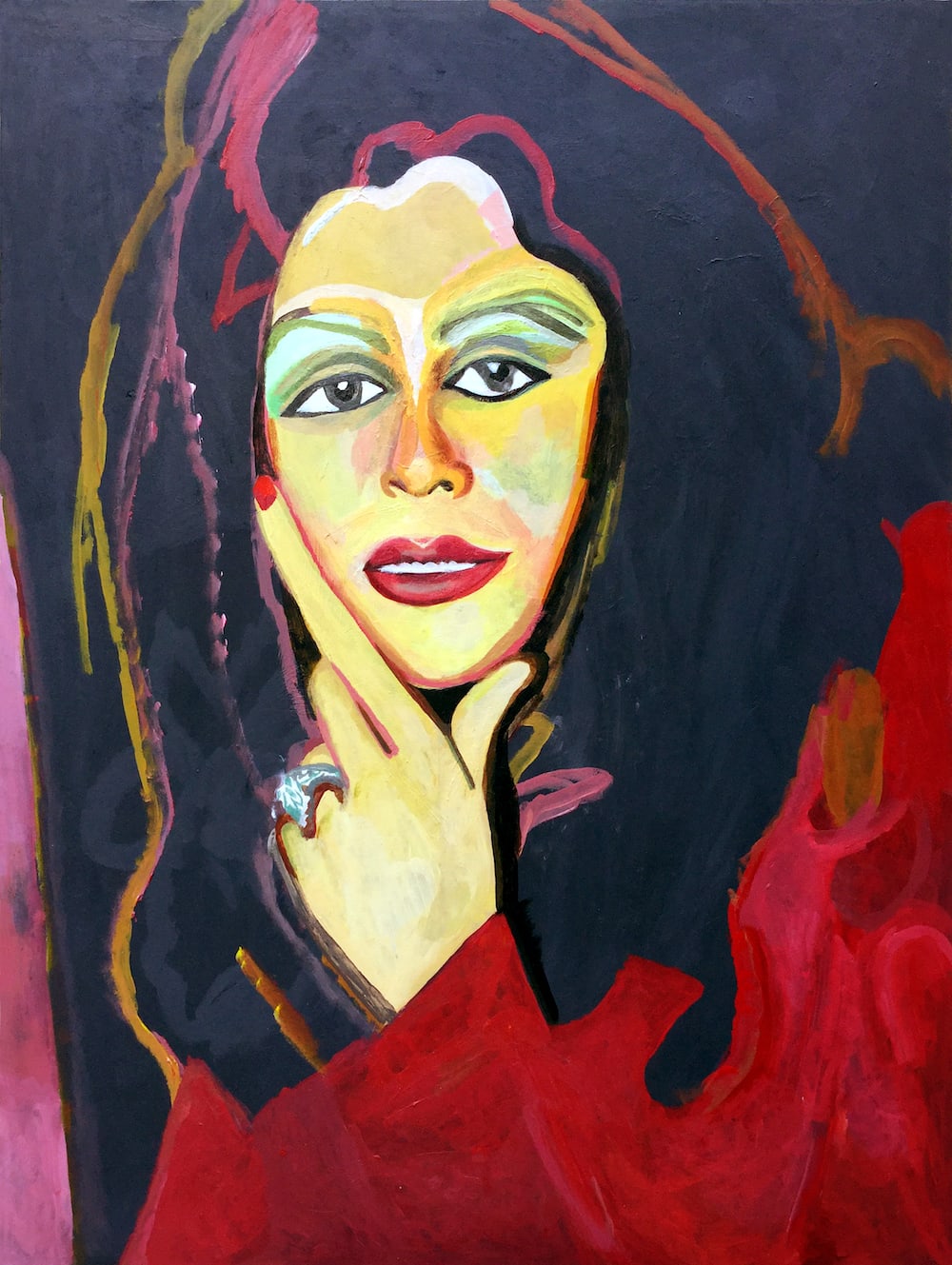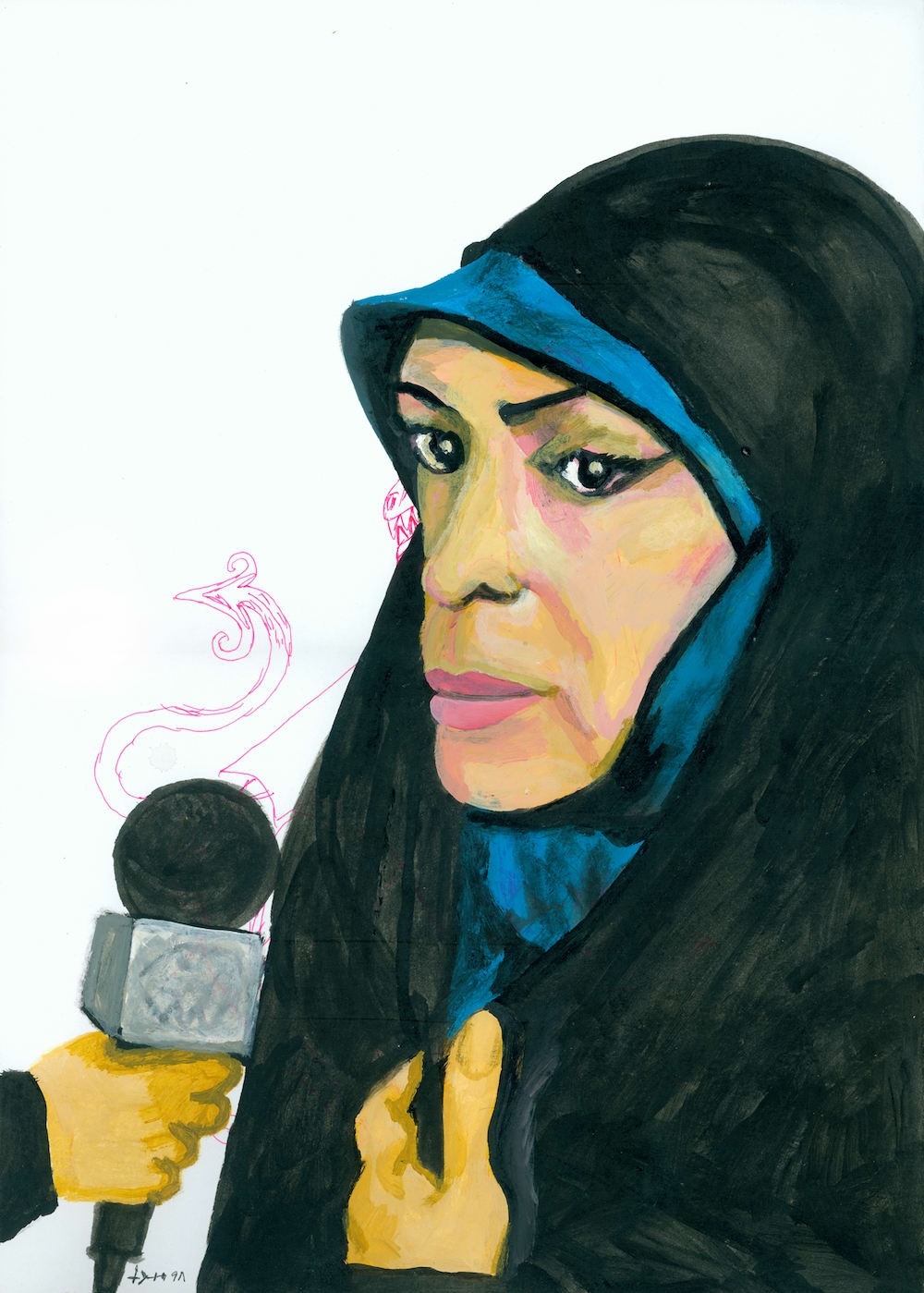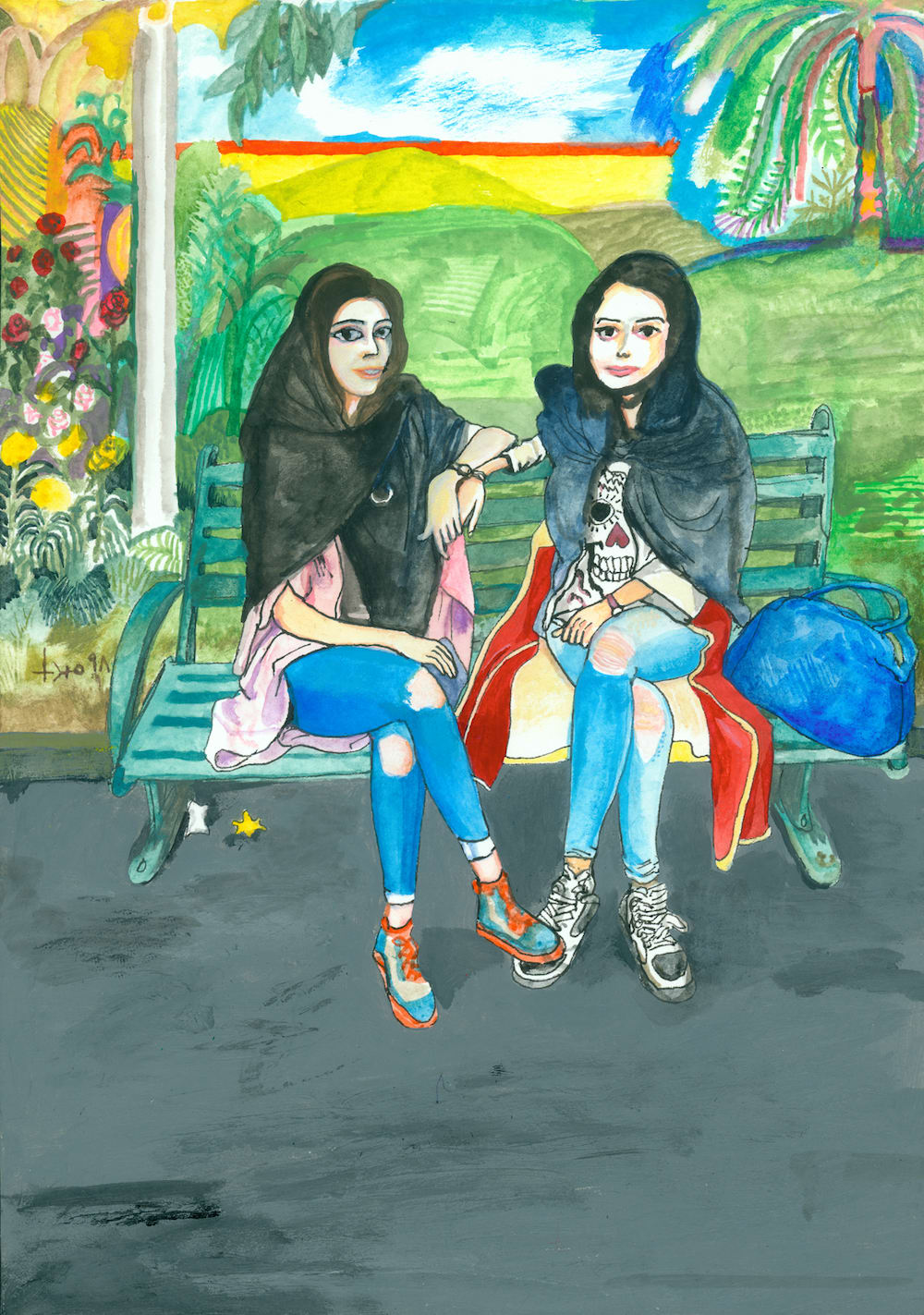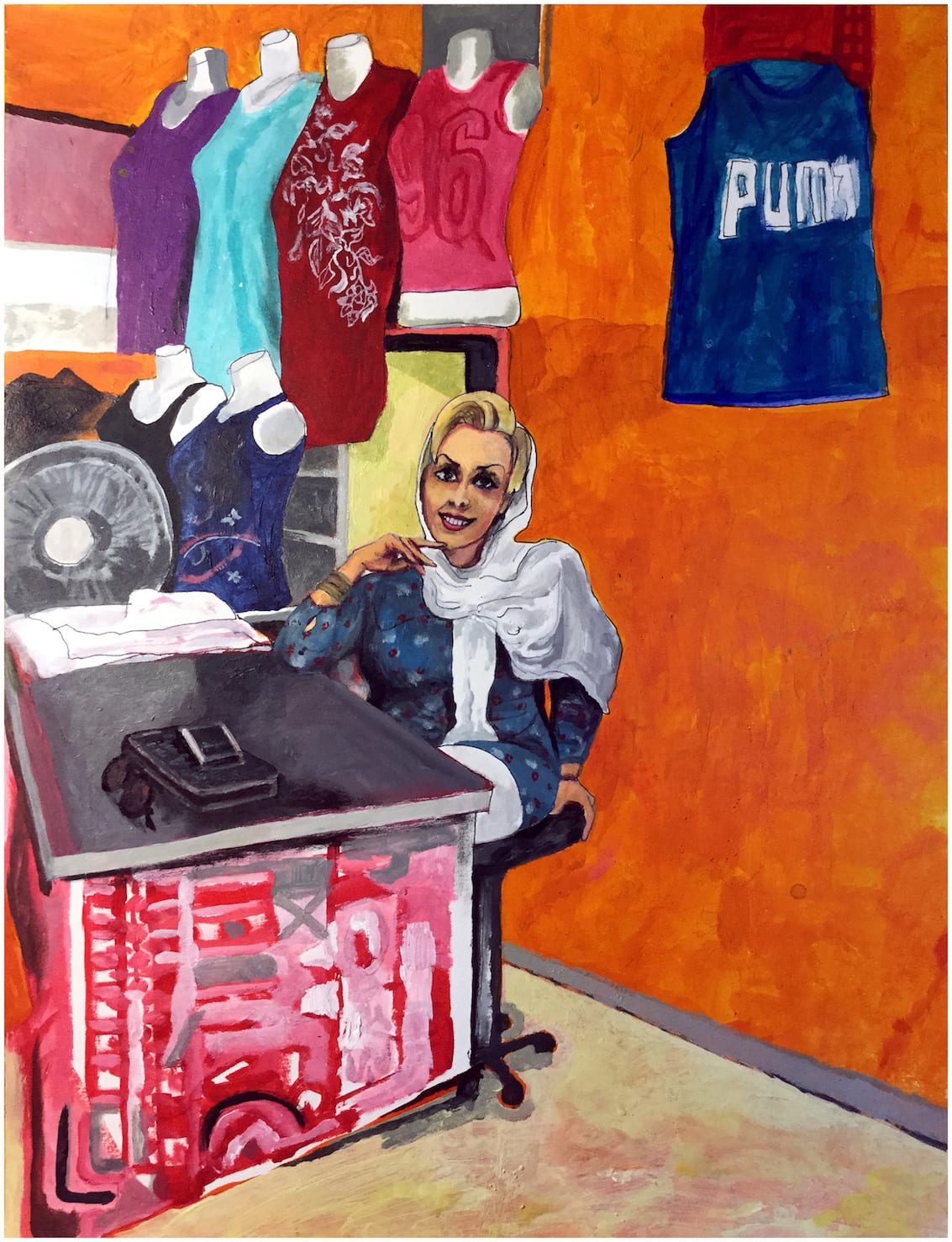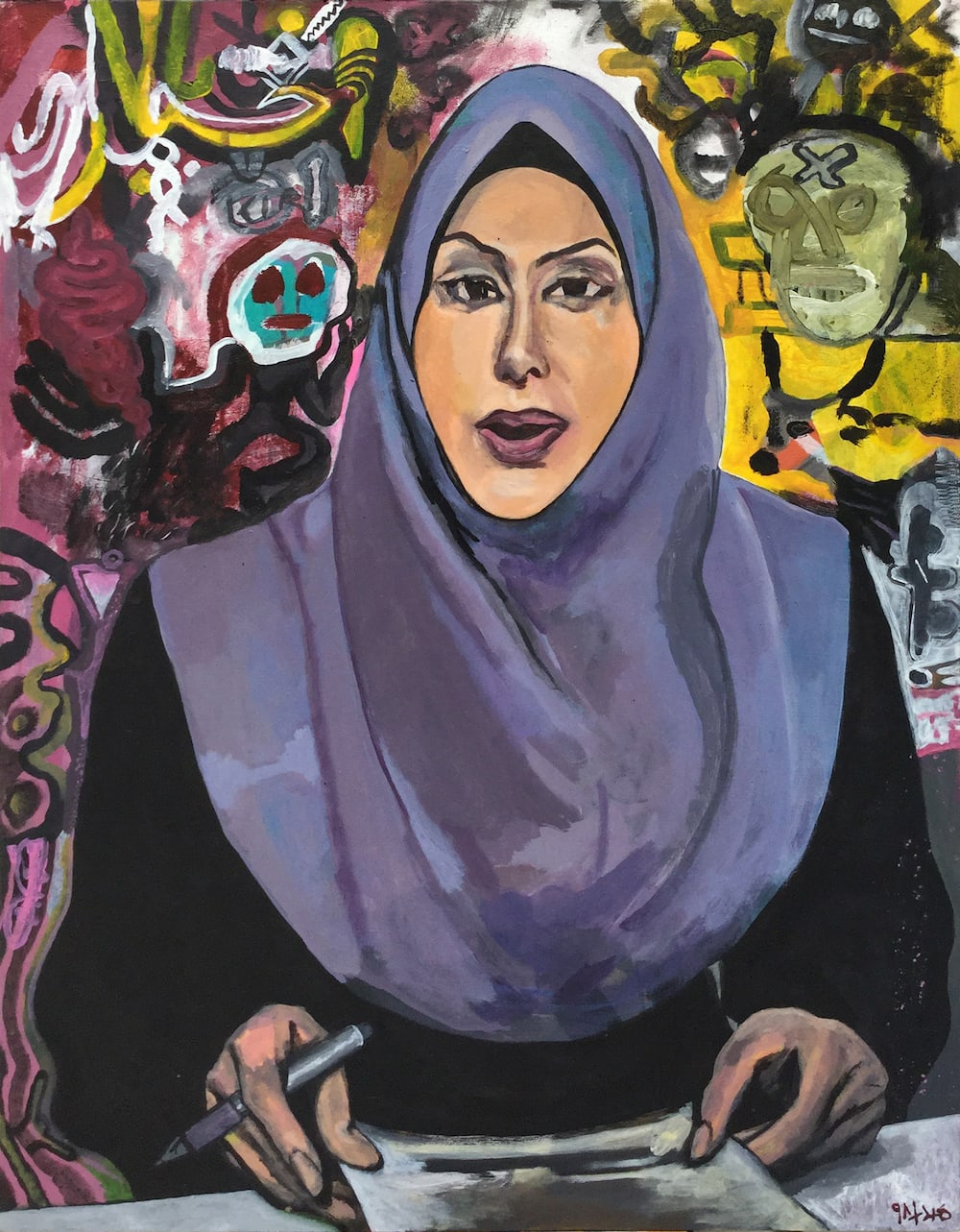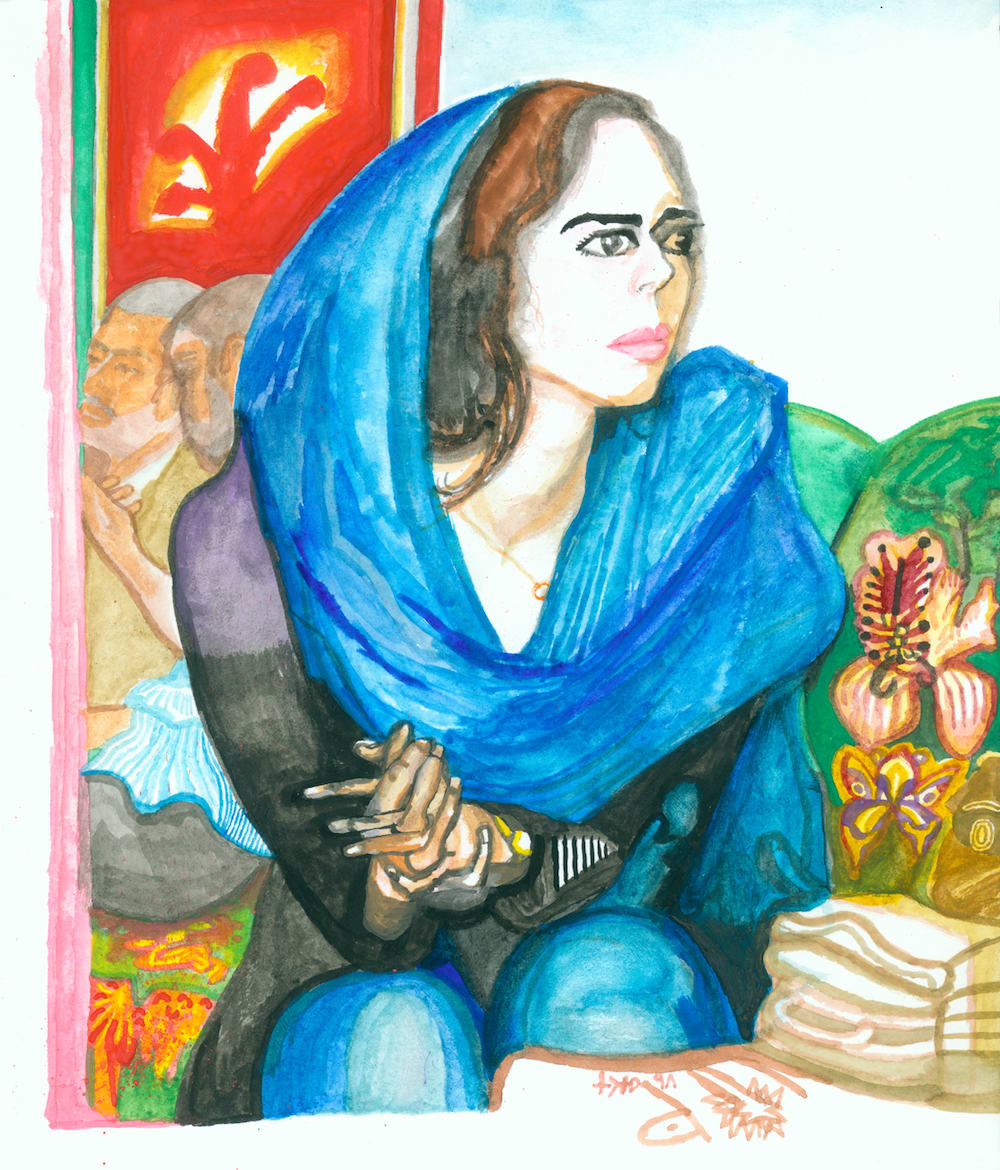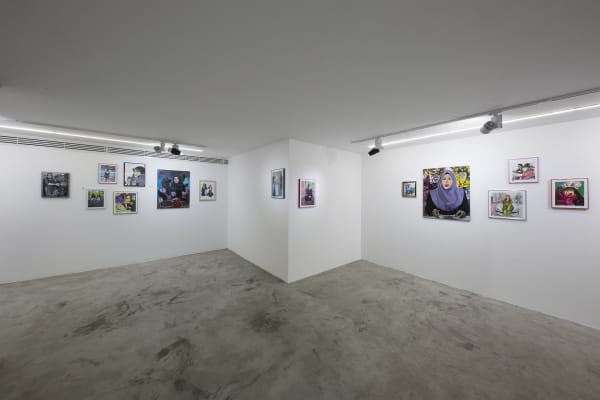Sadra Baniasadi | "Sisters": Dastan's Basement
Dastan is pleased to announce Sadra Baniasadi’s solo exhibition titled “Sisters” at Dastan’s Basement. The exhibition will open on November 29, 2019 and will continue for public viewing through December 20. This is the third solo exhibition of the artist at Dastan’s Basement. His work has been previously featured in three solo exhibitions, as well as over ten group exhibition and international art fair presentations.
Sadra Baniasadi (b. 1991, Tehran, Iran) is one of the most creative talents of the new wave of Iranian artists working on visual art, music, video, and storytelling. He is a graduate of Painting from Tehran Art University (Tehran, Iran). The current series on display, “Sisters”, is a continuation of his path from his two previous series, “Dog Language” (Dastan’s Basement, February 2016), and “Outdated” (Dastan’s Basement, January 2018).
In his older series, “Dog Language” (Dastan’s Basement, February 2016), Sadra Baniasadi used cartoon-making and illustration as sources of inspiration for creating a multi-layered narrative of an alternative universe. In that series of work, the artist crossed the borders of illustration, cartoon, painting and storytelling to present an alternative universe to the viewer — a universe that mixed the realities of our lives and musings over the artist’s perspectives. Sadra Baniasadi’s allusions to everyday events created a parodical playfulness that both referred to the artist’s background in cartoon-making and his desire for creating a comprehensive narrative structure. In “Outdated”, he created a parallel world with a multi-layered structure: the mythological gods of this universe hacked through the everyday world and created parallel narratives, and the social/urban life of this universe, continued life independently.
On his previous two series and their influences on “Sisters”, the artist writes: “In ‘Dog Language’, my main source was the myth of creation, while in ‘Outdated’, I tried to depict a self-made council of mythological gods who lived beside us in contemporary cities. Now, in “Sisters”, to work on the image of Anahita, the most important goddess among the Iranian mythological gods, I have sought pictures of Iranian women today.”
Inspired by mythological texts and oral history, Sadra Baniasadi writes: “Women are symbols of life and creation, and in ancient Iran, they were thought as sacred and as the superior gender. Although the passage of millennia has changed the dominant beliefs among Iranians, still the role and image of the ‘mother’ is idealized and cherished as the ultimate human role. Women have been essential in creating culture and tradition, with a major part of these being handed over to later generations through stories; legends and folklore that we know as the ‘stories of grandmothers’, carrying over thousands of years of literature.”
The artist continues: “This history-making role, i.e. ‘the narrator’, is evident in all aspects of the Iranian culture, and perhaps the best example is Scheherazade: she is one of the most well-known manifestations of the goddess Anahita in literature. In Anahita temples, this role was assigned to the spiritual women who worked there as nuns. They would occasionally perform music and narration for men, who mostly had duties as soldiers or hunters and were not well-acquainted with what we now call culture.”
To create his recent series, Sadra Baniasadi studied images of women published or shared on various media. He believes that in the age of internet and social media “it is the first time individuals (in our context, women), narrate themselves and their stories without intermediaries (who are mostly men) that filter content.” In addition to taking inspirations from these images, he has used depictions of “the Iranian women in media”. As so, he has used “images of television presenters and cinema actresses, so as to show them as heirs of the women at Anahita temples in the art of narration.”
Writing on his perspective and the combination of his two sources, i.e. social media as well as television/cinema, Sadra Baniasadi continues: “The effort is to include independent smaller-scale narrations shared on personal media in the ongoing larger-scale history narrated by public media. Although they seem incomparable, both carry vast spatio-temporal information on our lives today.”

